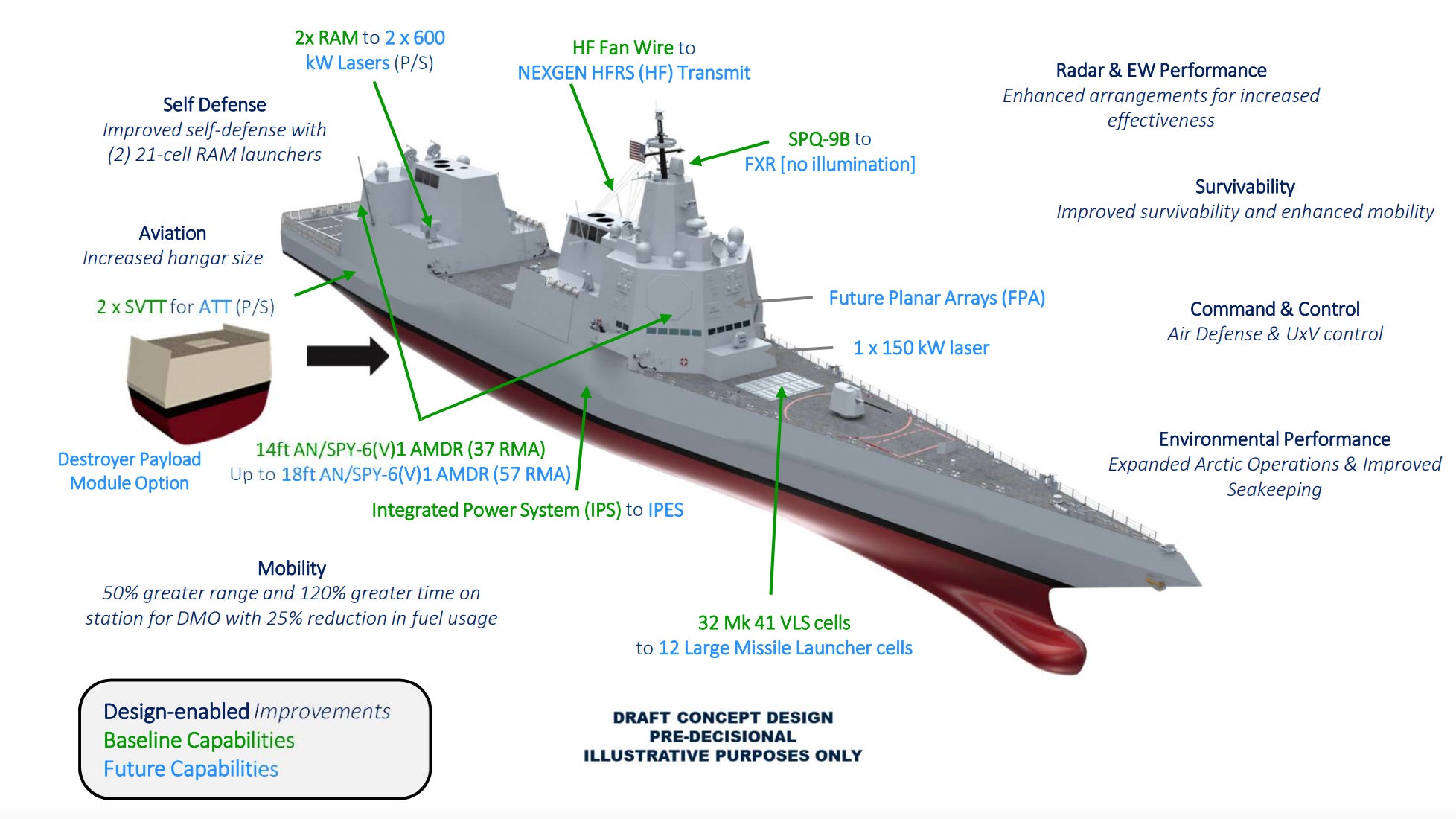The U.S. Navy has revealed one possible configuration of its next-generation destroyer, or DDG(X), and released details of its plans for the new warships, which are expected to pack longer-range anti-surface and strike capabilities, as well as high-powered directed-energy weapons. The DDG(X) is intended as a follow-on to the phenomenally successful Arleigh Burke class destroyers, with the aim to start work on the construction of the new warships before the end of this decade.
The latest DDG(X) concept and new details of its design were unveiled at the Surface Navy Association (SNA) National Symposium currently ongoing in Arlington, Virginia, as part of a program update authored by Capt. David Hart, the DDG(X) program manager.
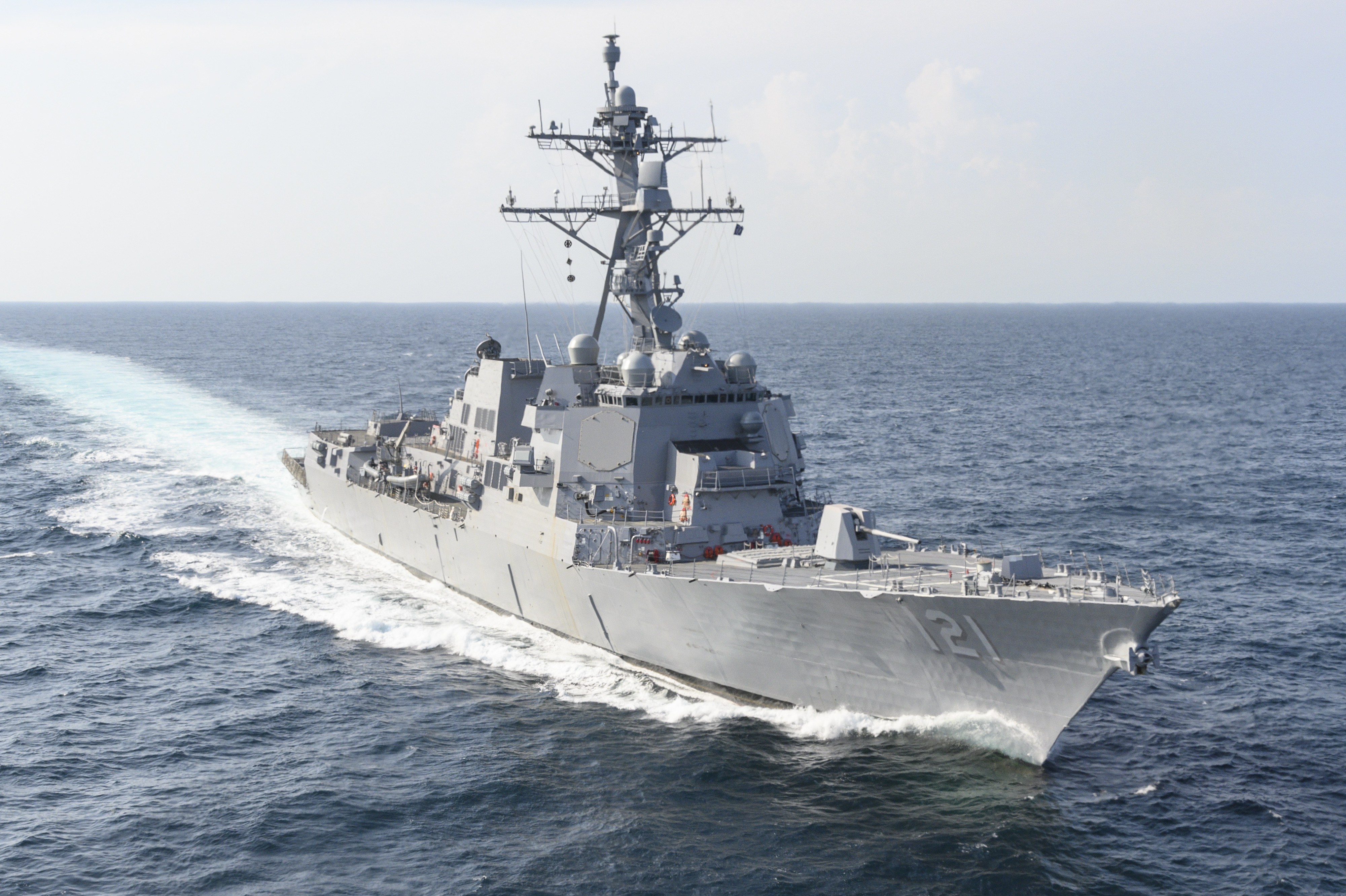
Hart observes that the DDG(X) will be required to replace the Arleigh Burke class, the latest variant of which, the DDG-51 Flight III, will still be in production beyond 2027 and which is expected to remain in U.S. Navy service through the 2060s. The latest Arleigh Burkes, Hart contends, will “provide the world’s best Integrated Air and Missile Defense (IAMD) combat system elements for the near-term fight.”
Beyond that, however, the Arleigh Burke class is considered lacking in terms of its ability to continue to receive upgrades and enhancements, making DDG(X) a requirement if the Navy is to be able to employ a new generation of hypersonic missiles and directed-energy weapons. The Navy’s current destroyers simply lack the space, weight, and power requirements to accommodate these.
As a “large surface combatant,” the DDG(X) will come with the potential to field additional sensor capacity, longer-range weapons for anti-ship and land-attack applications, and directed-energy weapons, including lasers. At the same time, the new design will stress improved survivability, with a call for advances over the DDG-51 Flight III in terms of maintaining mobility and IAMD capabilities even after sustaining damage. The DDG(X) is also required to offer at least a 50 percent improvement when it comes to each of its acoustic, infrared, and underwater electromagnetic (UEM) signatures.
Meanwhile, an efficient Integrated Power System (IPS) will ensure improved efficiency, driving down operational costs and demands. IPS will also be vital to meet the increased power generation demands of both directed-energy weapons and powerful sensor arrays. The technology behind IPS is the same as found in the Zumwalt class of destroyers, in which an advanced turbo-electric drive system replaces the traditional gas-turbine propulsion gear. While the Zumwalt class has not proved a success, with only three hulls completed, its propulsion system is unquestionably powerful, putting out more than 75 megawatts of power.
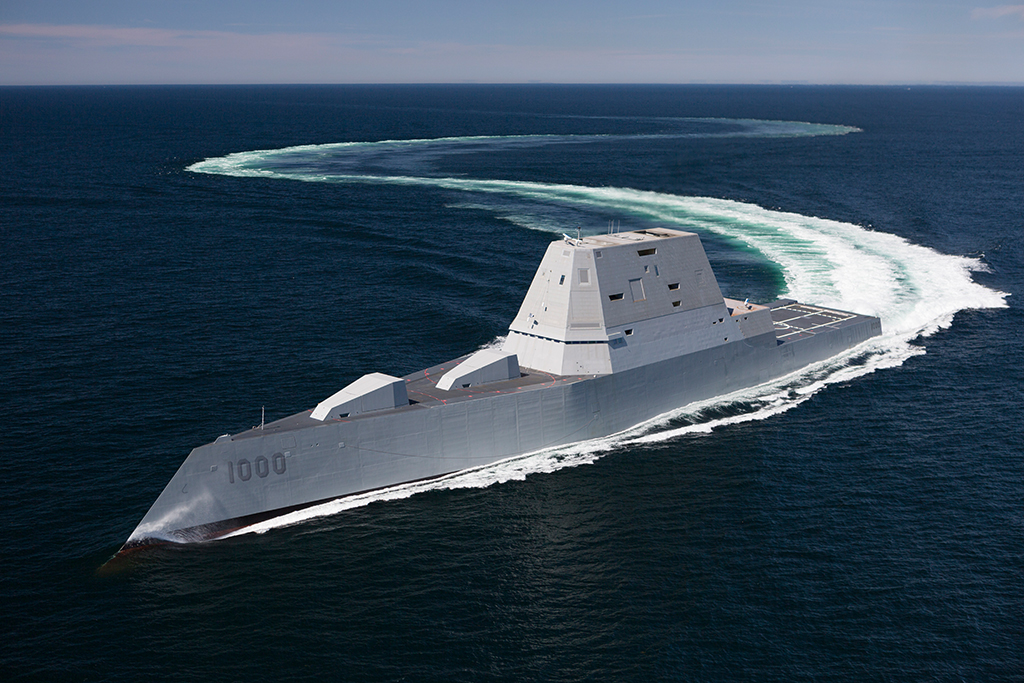
The new warship will also be better suited to the developing concept of Distributed Maritime Operations, which is the Navy’s idea for how to fight with its forces dispersed across the battlespace, including the kinds of scenarios expected in any future confrontation with China in the Asia Pacific region. Part of this requirement will be greater endurance compared to today’s Arleigh Burke class. Specifically, the new warship should be able to offer a range increase of at least 50 percent, while time on-station will be increased by more than 120 percent. This is expected to be at least partially achieved by greater fuel efficiency, reducing fuel consumption by at least 25 percent, which will, in turn, reduce the burden on the logistics fleet.
As well as distributed operations in the Asia Pacific, the DDG(X) will be optimized for deployment in the Arctic, another area of growing strategic importance.
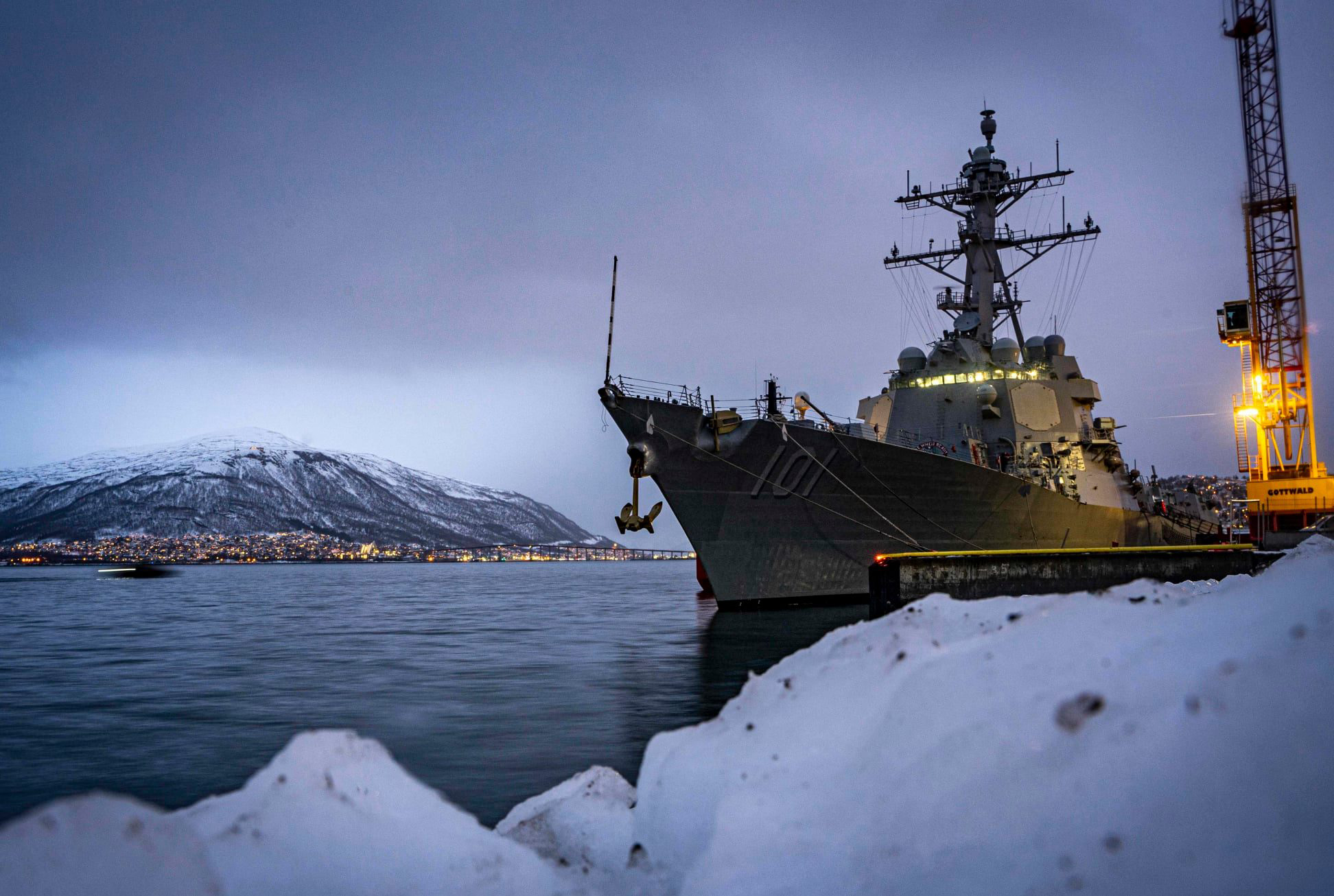
The Navy is already pitching DDG(X) as using an “evolutionary” design approach, meaning it draws from the lessons learned in the Ticonderoga class cruisers and Arleigh Burke upgrades — and even the way that the Virginia and the future Columbia submarine programs are being run, in terms of industry involvement.
In this way, DDG(X) will start life by relying on combat system elements from the Arleigh Burke, including the proven SPY-6 air surveillance radar and the Baseline 10 Aegis system, plus other reused technologies, albeit on an all-new hull form. The illustration provided in Hart’s briefing is considered a pre-decisional draft concept only, but depicts a notably sleek hull form, with apparent signature-reduction measures, and is generally more reminiscent of the Arleigh Burke than the Zumwalt.
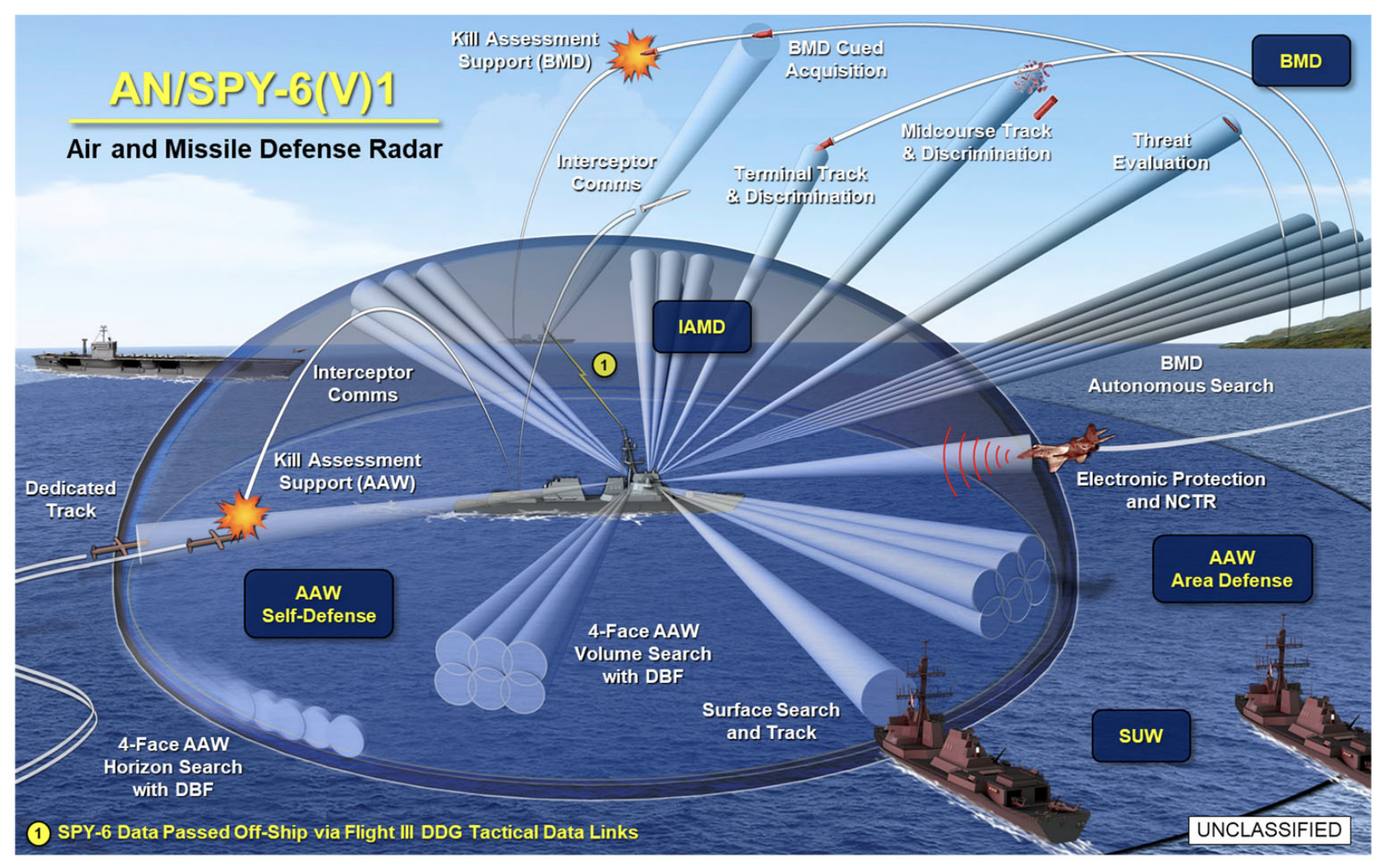
Like the Arleigh Burkes, the DDG(X) design will be expected to incorporate future upgrades. Indeed, this path has been determined at the outset and apparently includes the later addition of hypersonic missiles, although no specific type has been identified so far and the Navy remains busy in the development phase of such weapons.
The briefing from the Program Executive Office identifies space reservations in the DDG(X) that will provide for the following upgrade areas: Air and Missile Defense Radar (AMDR); command, control, communication, computer, and intelligence (C4I) growth; high-power directed energy weapons and missile cells.
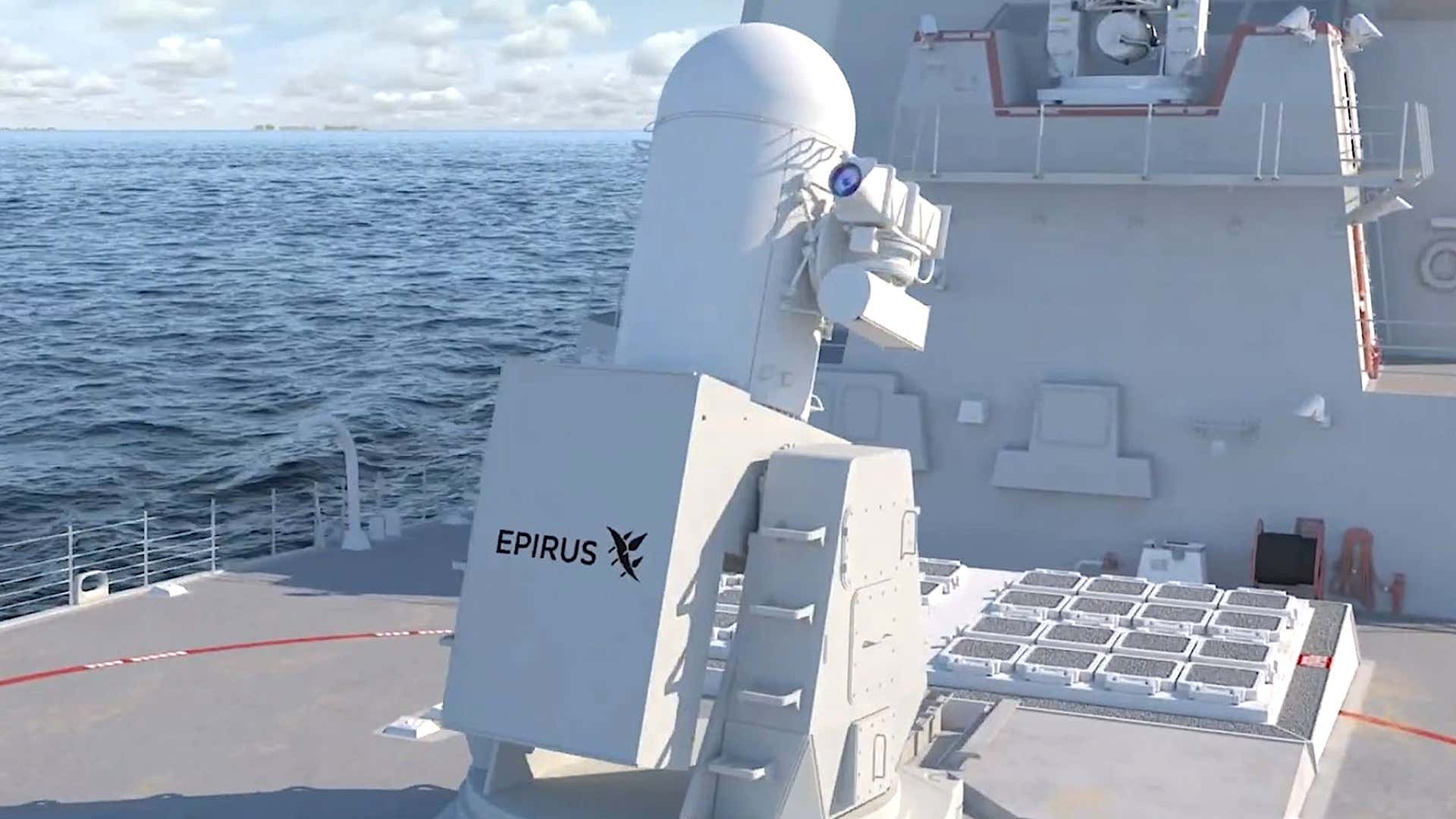
At this stage, plans envision the baseline SPY-6 radar gaining an increased-aperture antenna, going from the current 14 feet up to 18 feet in size, which would, in turn, mean airborne threats could be detected and tracked at a greater range and with higher fidelity.
As for the directed energy weapons, the accompanying illustration indicates that the vessels will initially be outfitted with a pair of 21-cell launchers for the Rolling Airframe Missile (RAM), as already widely used for shipborne point-defense, but it’s later planned to trade these for two 600-kilowatt-class lasers. These would then provide defense against incoming missile threats, while a 150-kilowatt laser will additionally be provided, shown at the front of the superstructure on the concept artwork. In the past, experts have earmarked the 600-kilowatt laser as optimum for the destruction of low-flying cruise missiles. It’s also notable that two RAM launchers are an upgrade from the single unit, at most, current U.S. Navy destroyers are equipped with.
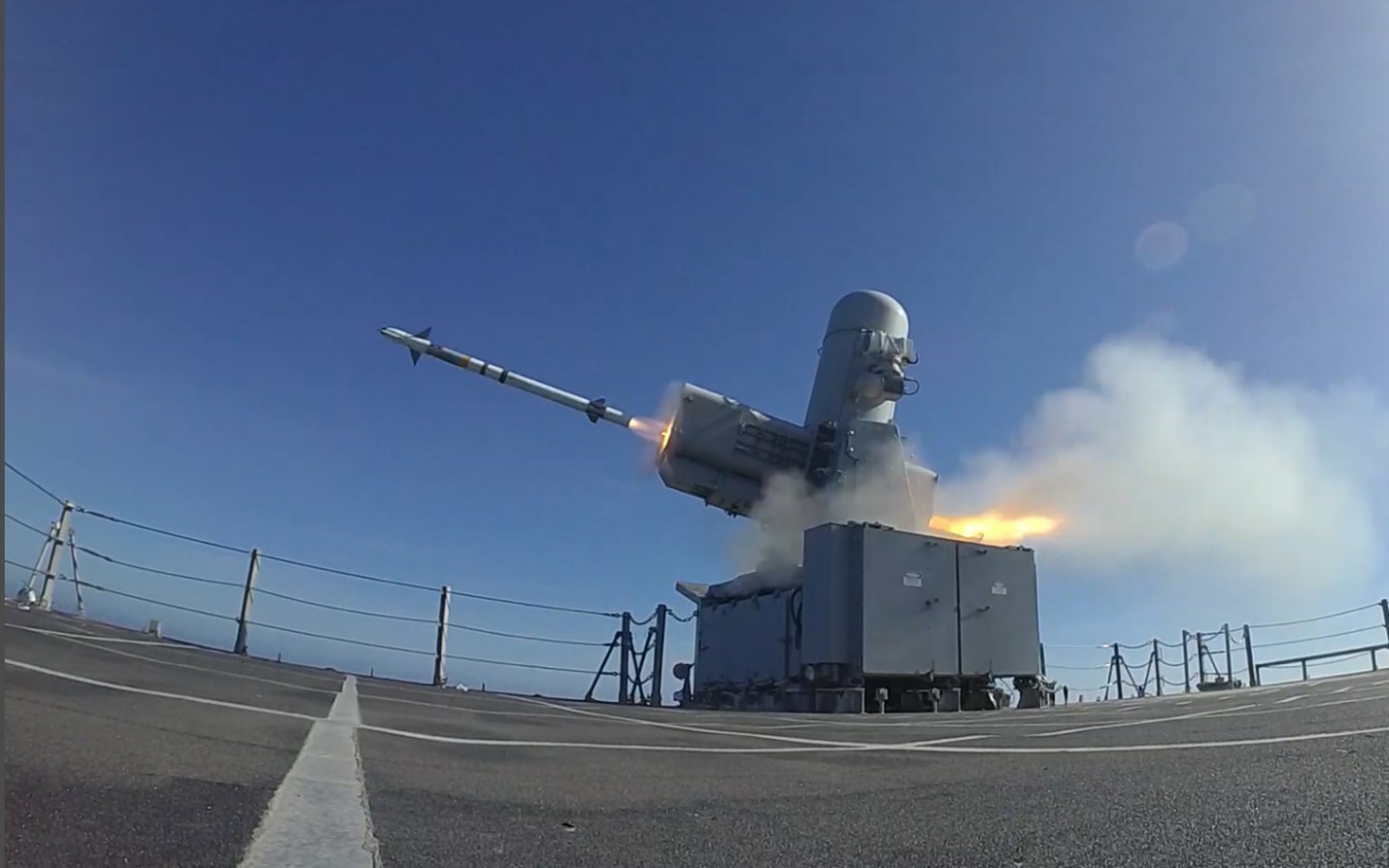
In the initial concept art, the DDG(X) is equipped with 32 Mk 41 vertical launch system (VLS) cells forward of the superstructure. However, at a later stage, plans call for the Mk 41s to be replaced by 12 larger missile cells, likely to be tailored for the new hypersonic missiles that are now in development. As well as larger VLS cells, deck space will also be available for additional VLS — either standard-sized or enlarged — to provide an increased overall magazine capacity.
While the baseline concept includes just 32 VLS cells, USNI News
reports that the Navy intends the DDG(X) to have “about the same” missile capacity as the DDG-51 Flight III, which has 96 cells. Exactly how that will be achieved is unclear. At the same time, once the smaller Mk 41 VLS cells are traded for larger cells capable of accommodating hypersonic weapons, the total missile capacity will be changed again. What is most likely is that the graphic is just for representative purposes, and the actual design will have a higher minimum VLS cell requirement.

Other features of the design include a larger hangar compared to the Arleigh Burkes, to support manned helicopters and/or drones, and an optional Destroyer Payload Module. It’s unclear what this module would consist of. To some, it suggests plans similar to those set out for the troubled Littoral Combat Ships. These warships were to have different mission modules — including anti-submarine warfare and mine warfare — that could be switched out rapidly while in port before that idea was abandoned. On the other hand, this may indicate more of a flexible payload module for new modular weapons, which could be swapped as needed.
Using existing systems where applicable, and then swapping them out at a later date with more capable alternatives is seen as a means of getting the DDG(X) into service more cheaply and more rapidly. The program also aims to make use of land-based testing of systems where possible to further reduce the risk.
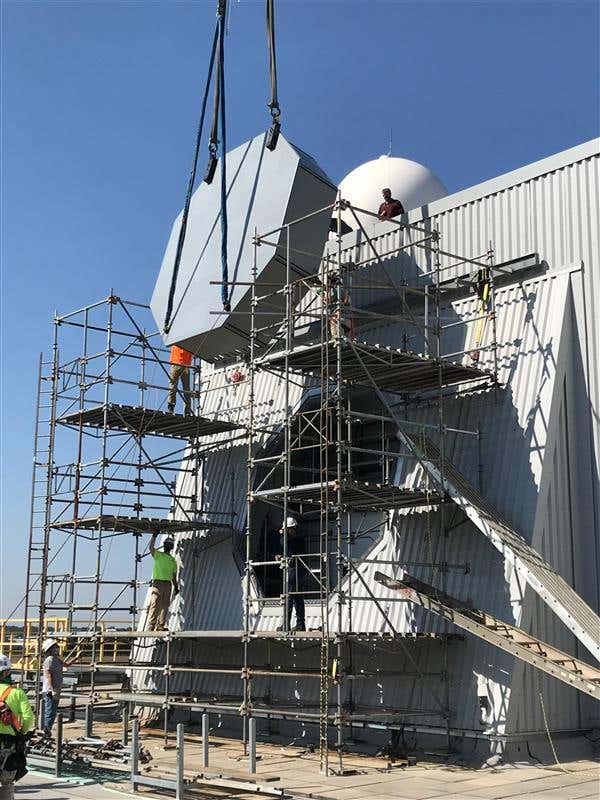
Land-based test work will also extend to the hull form and Integrated Power System, with trials planned at Naval Surface Warfare Center (NSWC) Carderock in Maryland and NSWC Philadelphia, Pennsylvania. Overall, the plan is to get critical systems testing complete prior to Milestone B approval, which sees the program enter the system development and demonstration phase.
With shipbuilders having been brought into the DDG(X) design team in March last year, to help inform early decision-making, the program is now in the concept formulation phase, with plans to enter the preliminary design stage before the end of the current fiscal year, on September 30.
The Navy has previously said that it aims to start construction on the new destroyers by Fiscal Year 2028.
However, there are still some big question marks over the DDG(X) program. So far, there is no clarity on the overall size of the ship or the costs that will be involved. USNI News
suggests that the cost-per-hull was likely to be over $1 billion, based on equivalent figures for the Arleigh Burke and the development costs involved in the Constellation class.
With the huge expense of the SSN(X) and Columbia submarine programs to contend with, plus the future Constellation class frigates, the Navy will likely have to walk a fine line between capability and affordability as it works toward finalizing its DDG(X) design.
Contact the author: thomas@thedrive.com
